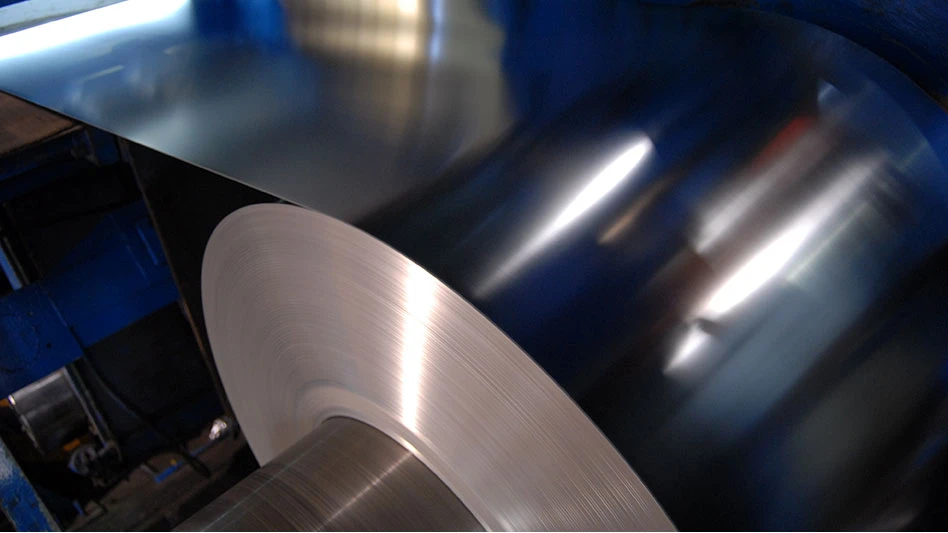The sharp improvement in production is reflected in the increase in the operating rate at Canadian pulp mills. For July the operating rate stands at 103 percent of capacity, compared to last July's figure of 100 percent of capacity. For the first seven months the operating rate stands at 96 percent of capacity, compared to last year's seven-month total of 94 percent of capacity.
Although moving up from the previous month, inventory levels are still down significantly from last July, when inventory levels reached 634,000 metric tons.
The shipment of Canadian pulp continues to show robust markets, with total shipments moving up 1 percent during July to 776,000 metric tons. The United States, the largest end market for Canadian pulp, increased its intake by 3 percent to 262,000 metric tons. Western Europe, the second largest consumer of Canadian pulp reported a dip of 5 percent between last year and this year.
Although production and shipments have been improving, the inventory of stocks on hand have been creeping upward. At the end of June, stocks on hand stand at 507,000 metric tons, compared to the previous month's level of 452,000 metric tons. The increase in inventory also is reflected in the increase in the number of days of supply on hand. At the end of July pulp supplies equaled 21 days, compared to the previous month's figure of 18 days. However, the figure is still down from the previous July figure of 26 days.

Explore the August 2000 Issue
Check out more from this issue and find your next story to read.
Latest from Recycling Today
- AISI, Aluminum Association cite USMCA triangular trading concerns
- Nucor names new president
- DOE rare earths funding is open to recyclers
- Design for Recycling Resolution introduced
- PetStar PET recycling plant expands
- Iron Bull addresses scrap handling needs with custom hoppers
- REgroup, CP Group to build advanced MRF in Nova Scotia
- Oregon county expands options for hard-to-recycling items





